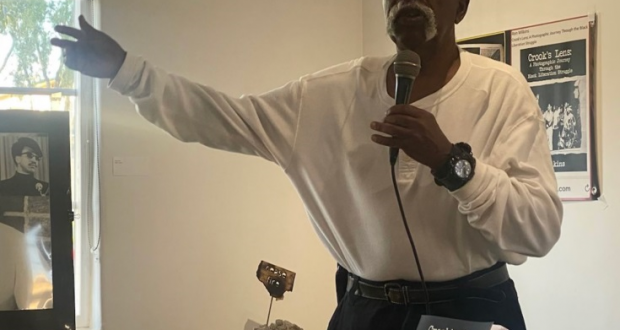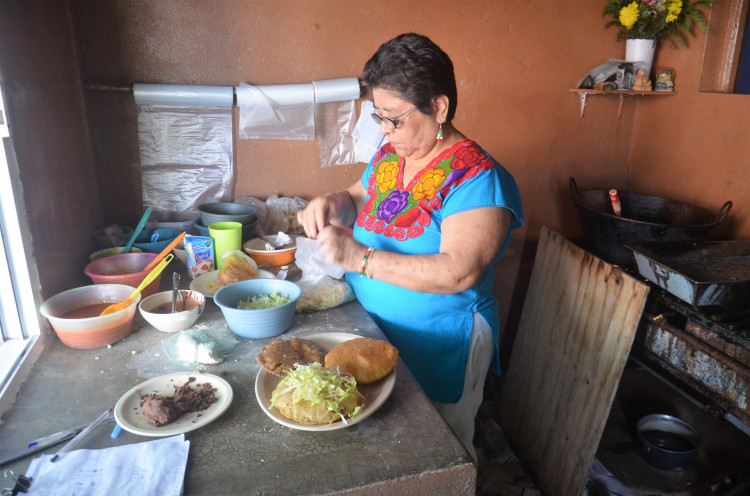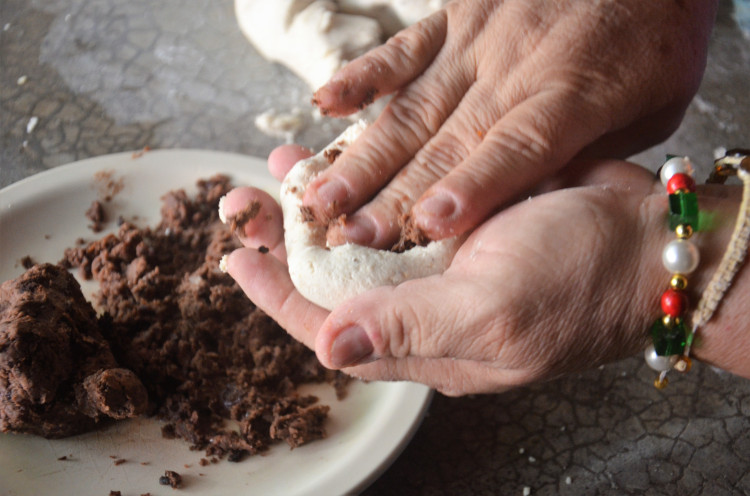By Joe W. Bowers Jr. | California Black Media
A year ago, K-12 education was closed across California as part of an effort to mitigate the spread of the COVID -19 virus.
At that time, it was assumed that children could be a primary driver of the virus like they are Influenza A. It took a few months, but health officials determined that COVID -19 is not a pediatric driven pandemic.
Young kids can get the virus, but they are not significant transmitters. Most experience mild or no symptoms and while some might have to be hospitalized, death is rare for children. Children under 15 have a lower risk of dying from COVID-19 than dying from the flu or suicide. A side effect of the virus is a serious and rare illness called multisystem inflammatory syndrome or MIS-C, which can be fatal or cause lasting heart damage.
In states where schools have restarted in person classes, data show levels of transmission of the virus is much lower than in the surrounding community when strict safety protocols developed by public health officials have been adopted. The safety protocols include universal masking, basic hand hygiene, classroom ventilation, maintaining increased physical distance, and contact tracing.
While guidelines for the safe opening of schools have been available for months from the Center for Disease Control (CDC), the California Department of Public Health (CDPH) and the 58 California county health departments, according to federal data California has lagged other states in offering in-person instruction to students. 18 % of California schools offer in-person learning compared to all schools in Florida and 62 % in Connecticut. Schools in California have not been able to open while their county was in the most restrictive purple tier indicating high case rates of COVID-19.
Many school districts including Los Angeles Unified and San Diego Unified have recently announced plans to make in-person instruction available to students who want it. President Biden has been pushing for all K-8 schools to open by May 1 which is the 100th day of his administration. As part of the push to safely reopen schools the Biden administration is allocating about $125 Billion for K-12 education as part of the American Rescue Plan.
In an effort to salvage what’s left of this academic year and prepare for the 2021-22 school year, the Legislature passed Assembly Bill (AB) 86 and Governor Newsom signed it, offering a $2 Billion COVID-19 safety fund for school districts in the red tier to share if they manage to offer in-person instruction for grades K-6 and at least one middle or high school grade by April 1. For those that can’t, they will lose 1 percent of the incentive every day they are not open through mid-May.
Newsom said when he signed AB 86, “There is nothing more foundational to an equitable society than getting our kids safely back into classrooms. Our kids are missing too may rites of passage – field trips, proms, and graduations.”
Students and parents are anxious for schools to safely open for in-person instruction. The term “learning loss” has become synonymous with distance learning which was only intended to be used by school districts for a short period of time. For many students, the year that they have been shut up at home has not only taken a toll on their academic progress but affected their mental health and society may be reckoning with the fallout for many years to come.
In general, Black and Latino children have struggled more academically than their Asian and White peers. Keeping up with schoolwork has been complicated by not having access to technology and reliable internet. Concentrating on studies has been more difficult when they live in communities that have been disproportionately affected by COVID-19.
For many families remote learning created a childcare crisis, forcing some parents to leave their jobs. Many parents became frustrated with balancing jobs and supervising their children’s lessons.
The power to restart in-class instruction is vested in local school boards. It’s their responsibility to develop a plan for the safe opening of their schools relying on direction from the governor and Legislature and following safety protocols provided by the CDC and state and local public health directives.
The willingness of parents to send their kids back to the classroom varies based on their experience dealing with Covid-19 which is related to race, ethnicity and income. White and wealthier families that are frustrated with remote learning and as a group has been least affected by the virus are demanding resumption of in person instruction. They trust that their school district can safely reopen.
Black and Latino parents while wanting their children to return to school have experienced the inequitable impact of Covid-19 and are concerned about exposing their children to the virus in a school setting and bringing it home. While these parents understand their children are not faring well academically and mentally with distance learning they are not willing to risk their safety.
Contributing to the unease that Black and Latino parents have about school reopening classrooms has been their children’s teachers expressing their hesitancy to returning to school without all teachers and staff having the opportunity to be vaccinated. Studies show that transmission in schools appears to be primarily from teacher to teacher, then from teacher to student, but almost never from student to teacher. So vaccinating teachers is important to everyone’s school safety.
While the stance that the teachers took may have delayed in-school learning, Newsom decided that 10 % of vaccines a week would be reserved for teachers and other school staff. Although AB 86 and CDC guidelines have not included vaccinating teachers in the strategy for safe school reopening, school districts have included it as part of their teacher union agreements. In addition, regular testing of students and staff is another strategy being adopted by school districts to detect virus on campus before it can spread.
While zero risk of COVID-19 infection is not possible, results from hundreds of school districts opened across the county and the world show virtually no communal spread of the virus, if safety
protocols are followed. By listening to the concerns expressed by teachers, school districts have made in-person instruction safer for students and given parents more confidence to send their kids back to school.
About the Author
Joe W. Bowers Jr. is an advocate for education opportunities for all and the education writer for CBM. He is a former corporate engineer and business executive and is a graduate of Stanford University.
 Westside Story Newspaper – Online The News of The Empire – Sharing the Quest for Excellence
Westside Story Newspaper – Online The News of The Empire – Sharing the Quest for Excellence









